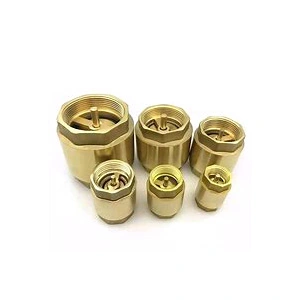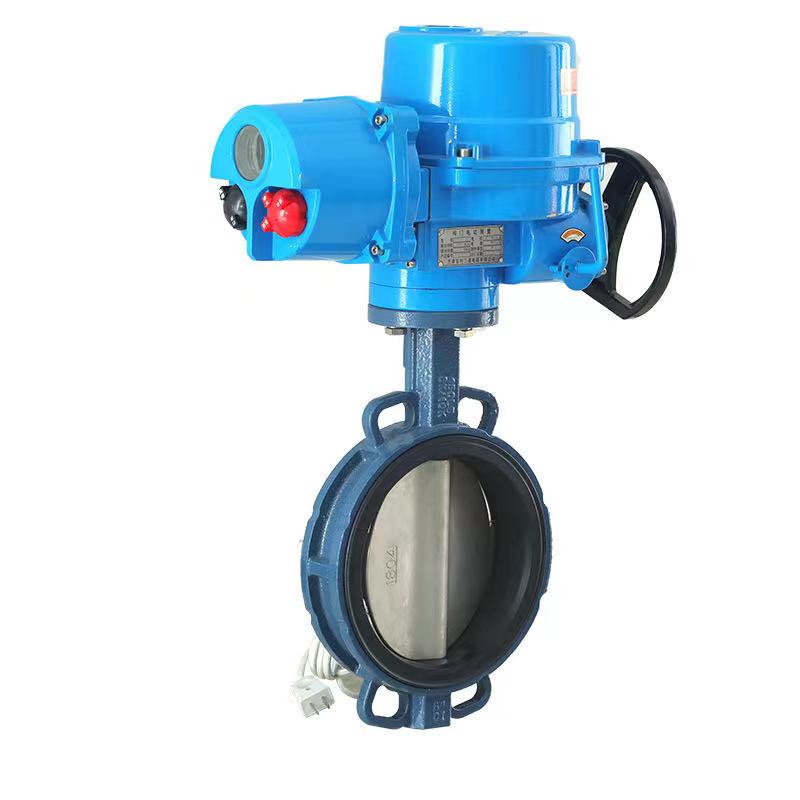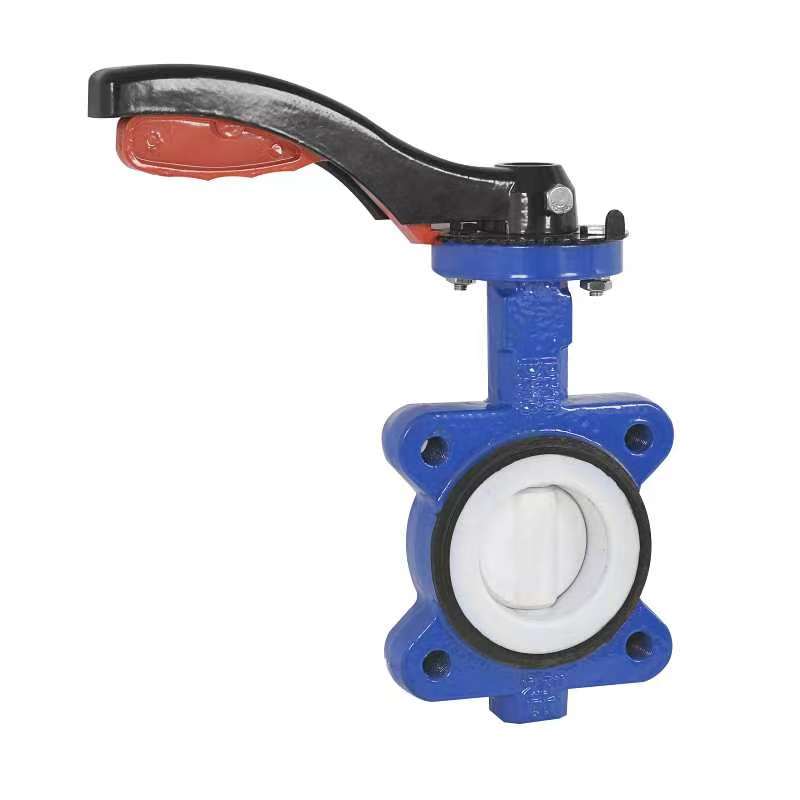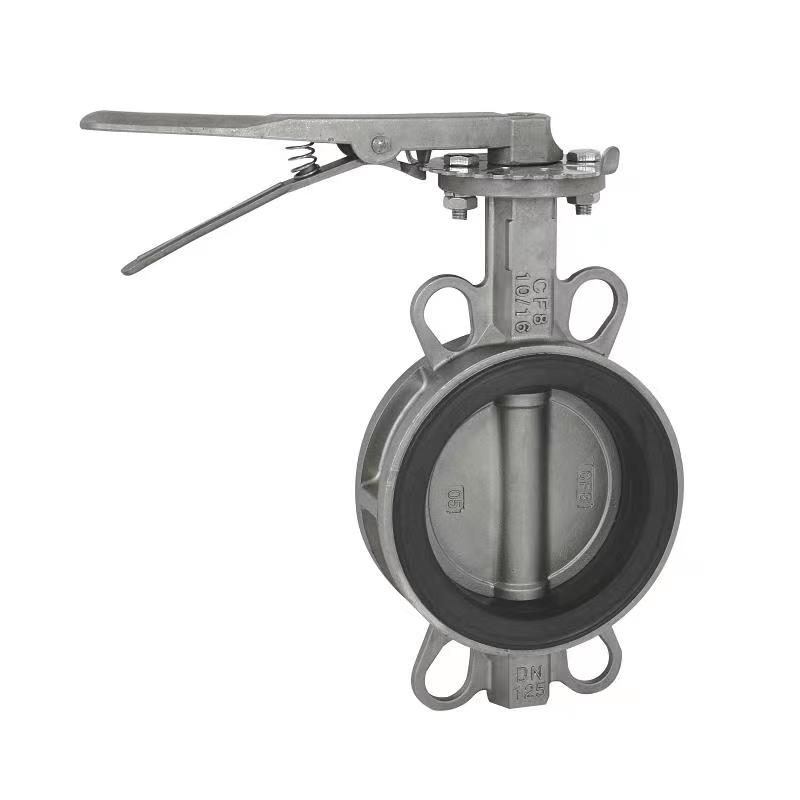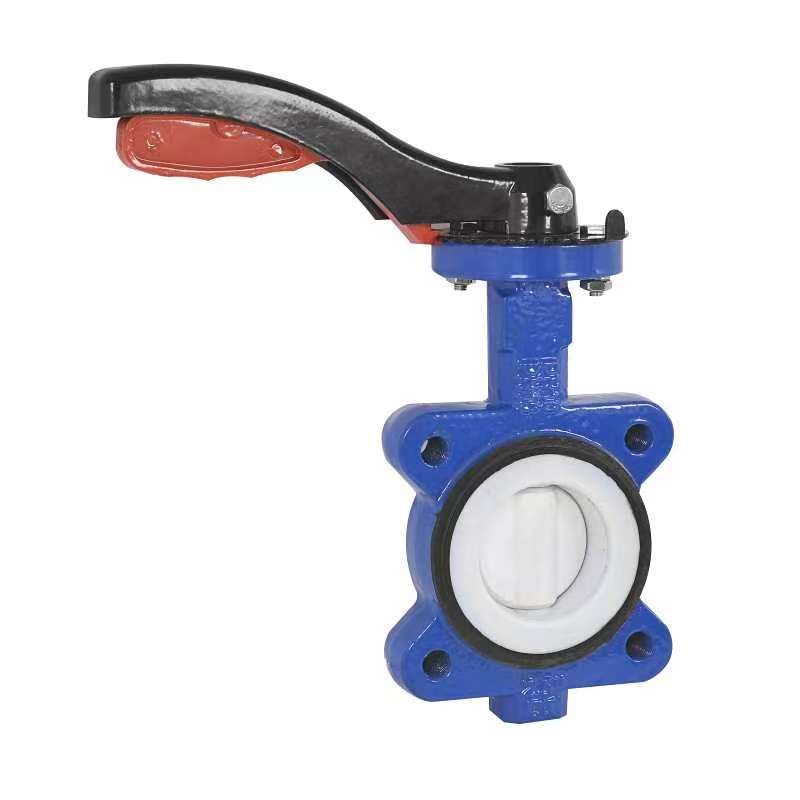- English
- Español
- Português
- русский
- Français
- 日本語
- Deutsch
- tiếng Việt
- Italiano
- Nederlands
- ภาษาไทย
- Polski
- 한국어
- Svenska
- magyar
- Malay
- বাংলা ভাষার
- Dansk
- Suomi
- हिन्दी
- Pilipino
- Türkçe
- Gaeilge
- العربية
- Indonesia
- Norsk
- تمل
- český
- ελληνικά
- український
- Javanese
- فارسی
- தமிழ்
- తెలుగు
- नेपाली
- Burmese
- български
- ລາວ
- Latine
- Қазақша
- Euskal
- Azərbaycan
- Slovenský jazyk
- Македонски
- Lietuvos
- Eesti Keel
- Română
- Slovenski
- मराठी
- Srpski језик
- Esperanto
- Català
- שפה עברית
- Cymraeg
- Latviešu
- icelandic
- ייִדיש
- беларускі
- Hrvatski
- Kreyòl ayisyen
- Shqiptar
- Malti
- lugha ya Kiswahili
- አማርኛ
- Bosanski
- Frysk
- ភាសាខ្មែរ
- ქართული
- ગુજરાતી
- Hausa
- Кыргыз тили
- ಕನ್ನಡ
- Corsa
- Kurdî
- മലയാളം
- Maori
- Монгол хэл
- Hmong
- IsiXhosa
- Zulu
- Yoruba
- অসমীয়া
- ଓଡିଆ
- Twi
- Samoa
- Sesotho
- සිංහල
- Gàidhlig
- Cebuano
- Somali
- Тоҷикӣ
- O'zbek
- Hawaiian
- سنڌي
- Shinra
- Հայերեն
- Igbo
- Sundanese
- Lëtzebuergesch
- Malagasy
- Tǝlam Kanuri
- Punjabi
- پښتو
- Chichewa
How to choose a low temperature environment gate valve?
2025-11-06
The selection of gate valves for low-temperature environments should be comprehensively considered from three aspects: material toughness, sealing performance, and structural design, as follows:
Material toughness: the core of low-temperature non brittleness
In low-temperature environments, materials are prone to lose their toughness due to "low-temperature embrittlement", leading to cracking of gate valves. When selecting, priority should be given to materials with excellent low-temperature toughness:
Carbon steel/low alloy steel: suitable for medium and low temperature scenarios ranging from -20 ℃ to -40 ℃, such as 16MnDR low-temperature pressure vessel steel, with an impact toughness (Ak) of ≥ 27J at -40 ℃, which can meet general industrial requirements.
Stainless steel: suitable for deep low temperature scenarios below -196 ℃ (boiling point of liquid nitrogen), such as 304 stainless steel (maintaining toughness at -196 ℃) and 316 stainless steel (better corrosion resistance, suitable for wet or corrosive low-temperature media).
Nickel based alloys, such as Monel alloy (Ni Cu alloy) and Inconel nickel alloy (Ni Cr Fe alloy), are suitable for ultra-low temperatures (-253 ℃, liquid hydrogen working conditions) and strong corrosive environments, with no risk of embrittlement at low temperatures.
Sealing performance: guarantee of zero leakage
The sealing performance of low-temperature gate valves directly affects system safety, and the sealing form should be selected according to the working conditions:
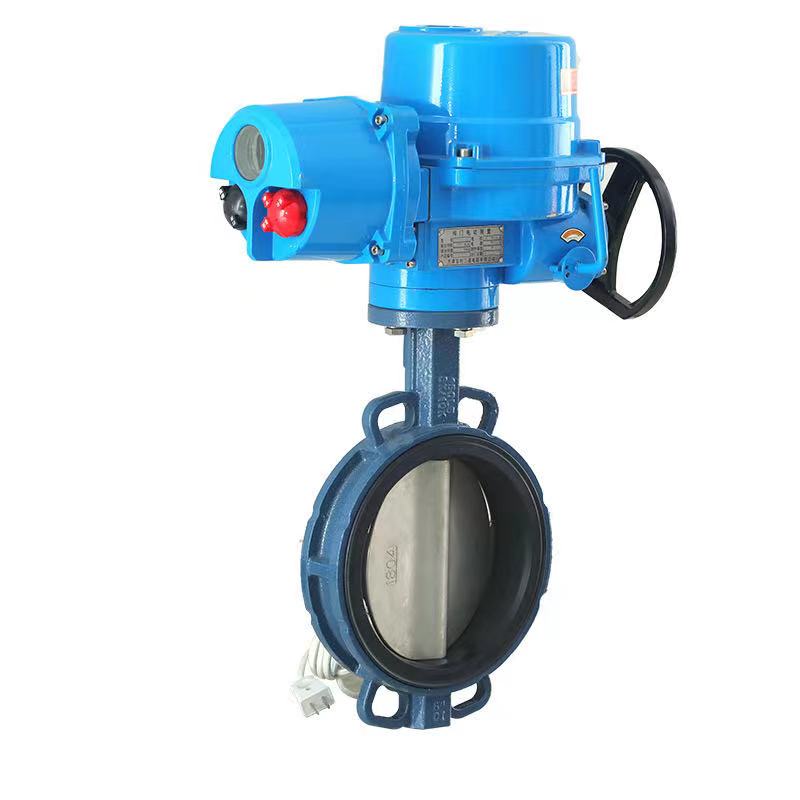
Metal sealing: Metal coated with copper, aluminum, or flexible graphite, suitable for high-pressure, high-purity, and low-temperature media (such as liquid oxygen), with high sealing reliability but high processing accuracy requirements.
Non metallic sealing: polytetrafluoroethylene (PTFE, temperature resistance -200 ℃~260 ℃), filled modified PTFE (enhanced wear resistance), suitable for medium and low pressure scenarios; Flexible graphite (temperature resistance -200 ℃~1650 ℃), with both low and high temperature resistance, suitable for alternating high and low temperature working conditions.
Bellows sealing: Metal bellows (such as 316 stainless steel bellows) can achieve "zero leakage" and are suitable for highly toxic, flammable and low-temperature media (such as liquid chlorine), while avoiding direct contact between the valve stem and the medium, extending the service life.
Structural Design: Optimization for Adapting to Low Temperature Operating Conditions
Low temperature gate valves need to reduce cold loss and avoid stress concentration through structural optimization:
Long neck structure: The valve stem adopts a long neck design (usually 100-300mm in length), which can block the transmission of cold energy from the valve body to the operating end, prevent operators from frostbite, and reduce the transfer of external heat to low-temperature media (avoiding medium gasification and overpressure).
Frost prevention and insulation: An insulation layer (such as polyurethane foam or rock wool) can be installed on the outside of the valve body to reduce the loss of cooling capacity; Some gate valves are designed with "breathing holes" to safely discharge trace leaks of low-temperature media and avoid frost accumulation at the valve stem seal.
Anti water hammer design: The valve core and seat adopt streamlined design to reduce water hammer caused by sudden changes in medium flow rate (the valve body has weak impact resistance at low temperatures, and water hammer may cause rupture).
Related News
- Can check valves prevent pump reversal
- What scenarios are check valves suitable for?
- What should I do if the check valve cannot stop the water?
- What should I do if there is leakage inside the check valve
- What are the types of check valves
- Are there any requirements for the installation direction of butterfly valves?
New Products


